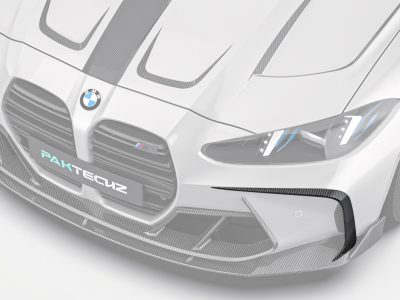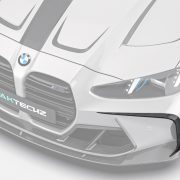Plastic bumpers are designed to absorb impact and protect the vehicle’s frame, but they can develop hidden cracks that aren’t easily visible. These cracks may result from minor collisions, stress over time, or environmental exposure. Although the damage might seem superficial at first, hidden cracks can compromise the bumper’s integrity, reducing its ability to absorb shocks and potentially leading to bigger repairs. Detecting these cracks early is critical for safety and cost-effective maintenance, but it requires specialized diagnostic methods beyond a simple visual check.
Visual Inspection: The First Step
Most auto shops start with a thorough visual inspection using bright lights and magnifying tools. Technicians look closely for hairline fractures, discoloration, or subtle changes in texture that suggest stress points. They also check for paint bubbling or peeling, which often signals underlying cracks. While visual inspections are important, many hidden cracks are too small or deep to be seen with the naked eye, especially when covered by paint or plastic coatings. This is why visual checks often serve as a preliminary step before employing more advanced diagnostic tools.
Ultrasonic Testing for Deeper Insights
To uncover cracks beneath the surface, many shops turn to ultrasonic testing. This method uses high-frequency sound waves that penetrate the plastic bumper and reflect back when they encounter imperfections. By analyzing these sound wave reflections on a monitor, technicians can detect hidden cracks, voids, or weaknesses inside the bumper material. Ultrasonic testing is non-destructive and highly effective for identifying internal damage that could weaken the bumper’s performance in a future collision. This technique is especially useful for newer plastic composites that are harder to evaluate visually. Choosing the Auto Repair in Savannah, GA based service is the best idea here.
Dye Penetrant and Infrared Inspections
Another diagnostic method involves applying a special dye penetrant to the bumper’s surface. This dye seeps into tiny cracks and becomes visible under ultraviolet light, making hidden fractures easier to spot. Infrared thermography is also gaining popularity, where heat patterns are analyzed to find inconsistencies caused by cracks. These techniques complement ultrasonic and visual inspections, providing a multi-angle approach to diagnosing hidden bumper damage. Combining methods helps ensure no damage is overlooked, improving repair accuracy.
Why Accurate Diagnosis Matters
Properly diagnosing hidden cracks in plastic bumpers is vital to maintaining vehicle safety and performance. Undetected damage can lead to bumper failure during a collision, increasing repair costs and risk of injury. Early detection enables targeted repairs, preserving the bumper’s strength and appearance. Additionally, thorough diagnostics help insurance claims by documenting the extent of damage accurately. Choosing an auto shop equipped with advanced inspection tools ensures your bumper is properly evaluated and repaired, keeping you safer on the road.
Conclusion
Hidden cracks in plastic car bumpers can pose serious risks if left unnoticed. Auto shops rely on a combination of visual inspections, ultrasonic testing, dye penetrants, and infrared thermography to identify these flaws. Accurate diagnosis ensures effective repairs and sustained bumper performance, making these advanced techniques an essential part of modern vehicle maintenance.












Comments